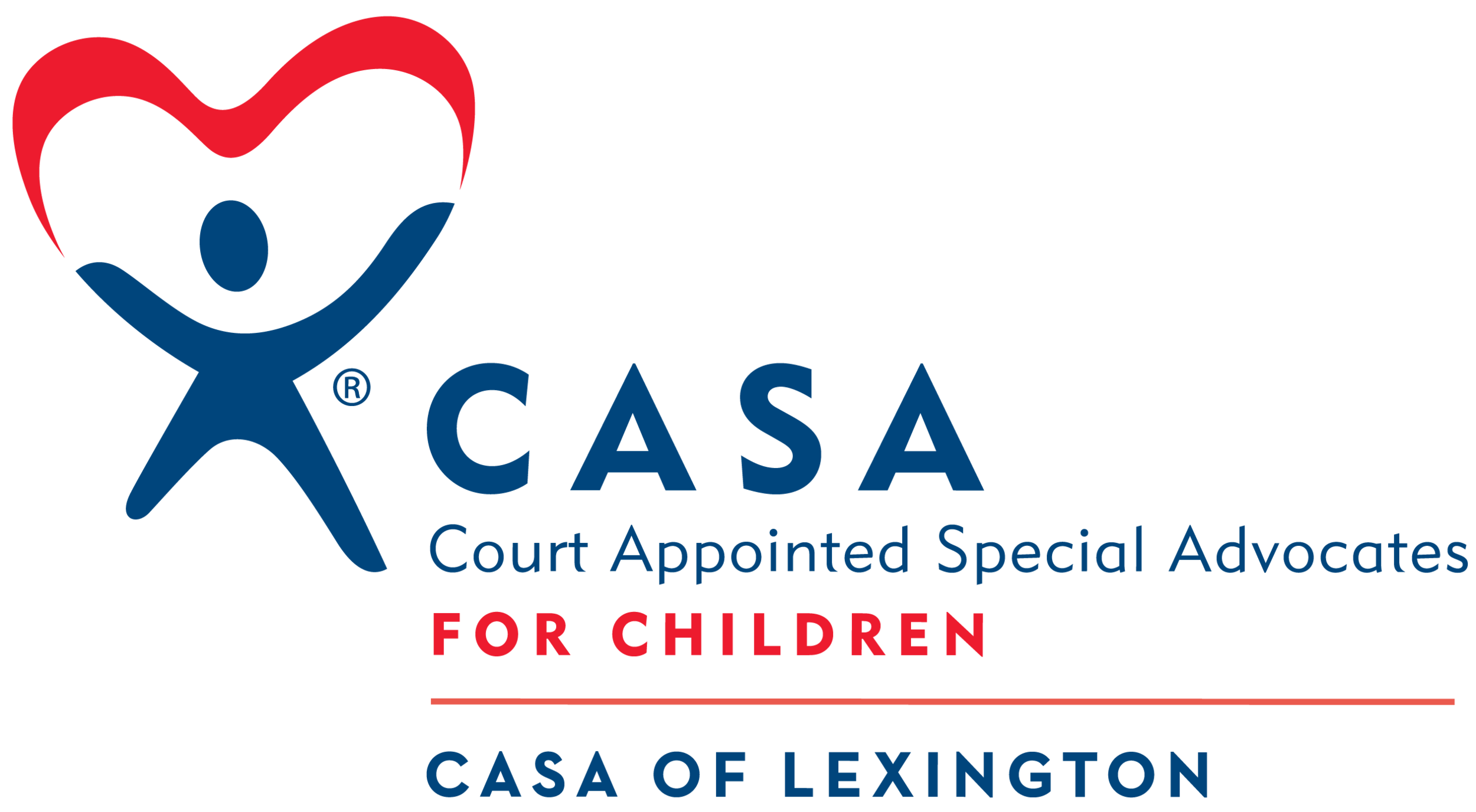National CASA Tips: Advocating for Children in the New School Year
From National CASA / GAL
As children across the nation have returned to school in the midst of the COVID-19 pandemic – whether in person or virtually – the work of a Court-Appointed Special Advocate (CASA) or Guardian ad Litem (GAL) volunteer continues to be essential now more than ever. Children who have a court-appointed volunteer are more likely to succeed in school.
Here are some examples of how a CASA/GAL volunteer can stay connected to the children they serve during the new school year:
Many children may experience excitement or anxiety about starting school, especially during COVID-19. CASA/GAL volunteers can check in with the child and family they serve with a phone call or virtual meeting and ask them to share their feelings and anticipation about the new school year.
CASA/GAL volunteers are normally in frequent contact with teachers and school administrators to form a partnership to better understand the child’s unique strengths and challenges. Volunteers can reach out to the child’s school team virtually to establish a rapport. These interactions with the child’s school, combined with the volunteer’s relationship with the child, empower the volunteer to advocate in court for what the child needs to thrive academically.
CASA/GAL volunteers can engage with the child’s parents, sometimes serving as a coach or advocate for parental involvement in education matters.
If a child is receiving tiered response to intervention, special education or 504-related services, CASA/GAL volunteers can attend virtual school meetings and recommend strategies that support the child’s success in school such as tutoring, therapies, assistive technology, and other accommodations. They can also advocate for placement stability, knowing that frequent school transfers can cause a child to fall behind.
During the pandemic, CASA/GAL programs and volunteers are seeing significant gaps in distance learning technology (e.g. laptops, chrome books, iPads and/or internet access) for the children and families we serve. Volunteers can make sure those resource gaps are known to the child’s team, and in some cases, CASA and GAL programs are able to collaborate with community organizations or corporate partners to identify solutions.
Children who have experienced abuse or neglect are involved with multiple systems—the court system, the child welfare system, the school system, and the health care system. CASA and GAL volunteers can help connect the dots between these systems to ensure that information is shared, when appropriate, to get the best possible outcomes for children. CASA/GAL volunteers can work with the school social worker or child protective services staff member to advocate for comprehensive wraparound services for the child, including primary health, mental health and dental care, pandemic food assistance, mentoring and post-secondary education awareness.
For children in the system, pursuing “normal” childhood activities can be a challenge because of frequent moves, resource challenges or shame. CASA/GAL volunteers can make sure the court knows when a child has special interests and help remove barriers so the child can participate in extracurricular activities.
As you know, advocacy doesn’t stop during COVID-19. The complexities of the times may cause CASA/GAL volunteers to view the situation with a different lens and be aware of the need for different resources given the “new normal.” As children head back to school, having caring, consistent adults listen and put the child’s best interests before all others can make all the difference. Thank you for everything you do.

